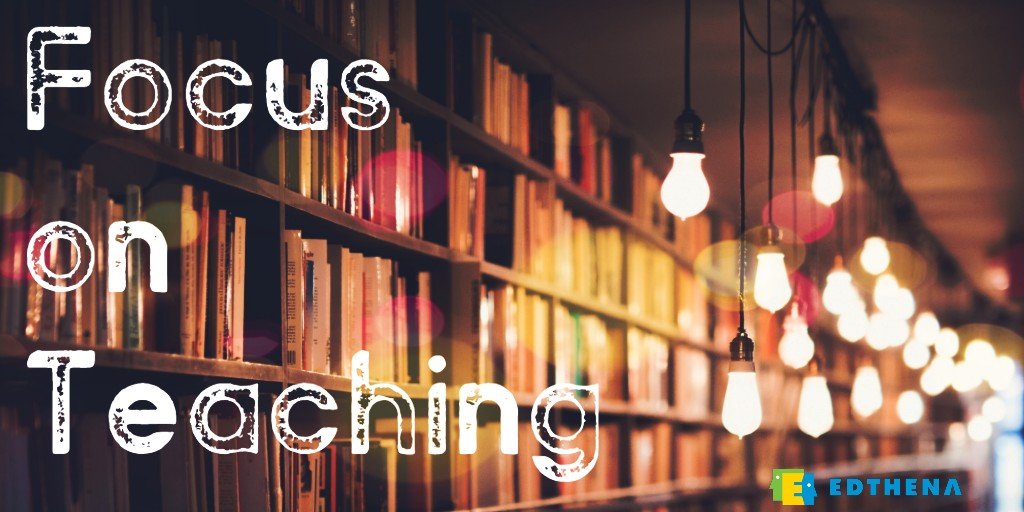Distance Learning Student Engagement Strategies

-
Student engagement and participation in virtual classrooms can be challenging.
-
Students need support when learning and accessing digital tools.
-
Educators nationwide have implemented both synchronous and asynchronous learning strategies to meet the needs of all students, and allow students to have a voice in their virtual classroom.
In her article titled, 8 Strategies to Improve Participation in Your Virtual Classroom, author Emelina Minero describes the reluctance that many students experience while participating during remote learning. Digital conversing platforms are a powerful tool, but they can create some communication barriers. Here are some remote learning strategies that Minero shares that were effectively utilized by educators during the pandemic last spring.
Distance Learning: Synchronous Strategies
To support student participation and engagement during synchronous learning, some teachers have implemented live video chats and digital tools.
One high school teacher, Shai Klima, led their own discussions via Google Meet. Prior to the classes’ synchronous learning, students answered questions independently and then started the class by sharing their responses. During the student dialogue in the live class, Klima actively listened and tracked their flow of conversation on a sheet of paper resulting in a spider web. Klima shared this illustration with her students at the end of the class to support student reflection.
Paul Smith’s third-grade class used the Google Chat feature to check for student understanding of the lesson. His students would answer questions or respond in the chat with an emoji to demonstrate their understanding. Paul Smith led his class in creating norms regarding ways to use the chat. For example, the class decided to use only one emoji at a time.
Ruth Calkins implemented a Zoom chat in her kindergarten virtual classroom. Her students would type into the chat either “T” (true) or “F” (false) while answering math problems. Some students attempted to write sentences.
Blending Synchronous and Asynchronous Learning Strategies
High School Math Teacher, Forrest Hinton implemented a blend of asynchronous and synchronous learning strategies to support student discourse during remote learning. Hinton taught new content asynchronously.
Then at the start of his live class, students would share out the concepts. Hinton would then divide the students into virtual small groups to solve related math problems.
Implementing Virtual Project-Based Learning
Director of Library Services Ryan Tahmaseb has implemented project-based learning activities for his elementary and middle school students. Project-based learning helped foster more student discourse. PBL also enables rich student engagement in the form of deep, exploratory learning.
Tahmaseb also modified the strategy “think, pair, share” to use with Zoom virtual lessons. Students across all grade levels were given a prompt and inside of groups in a breakout room discussed and recorded their answers on a Google Doc. The Google Doc held students accountable.
Boost Virtual Student Engagement
Brittany Collins, teaching and learning coordinator at Write the World, modified the well-known strategy of “show and tell” into “think, write, share.” Collins asked middle school and high school students to find a photo, painting, or drawing that represented an intergenerational connection.
Independently the students would respond to prompts before discussing as a class. This activity supported students to become more comfortable participating in virtual learning environments.
Distance Learning: Asynchronous Strategies
Many educators shared that asynchronous learning strategies prove to be more equitable because they allow students with limited technology access and schedule limitations to more fully participate. This makes it possible for student engagement to remain high even when students are interacting with each other live.
Angelina Murphy, a high school English teacher, used Google Classroom to support her students’ remote learning this past spring. The students accessed the question feature inside of Google Classroom to respond to readings and discussion prompts. Murphy would then reply with clarifying questions to create written dialogue between her students.
Raquel Linares, a fifth-grade teacher, used Nearpod to collaborate with her students during remote learning. Her students used the virtual collaboration board to share images and reflect on reading assignments.
Virtual Gallery Walks
Joe Marangell, a high school social studies teacher, implemented virtual gallery walks to allow students the opportunity to view their classmates’ projects and learn from their peers. Students presented their work through five-minute screencasts. His students provided feedback to their peers.
Overall, Edutopia author Emelina Minero shared some of these smart strategies from educators nationwide who implemented synchronous and asynchronous options to support their students during remote learning. These examples show ways to integrate the values and voices of all students in distance learning.
Like what you’re reading? Check out a recent article in this series about some insights around social-emotional learning during Covid-19.
